If you're looking for a stunning outdoor adventure, look no further than Sequoia and Kings Canyon National Parks. These two beautiful parks are located in the southern Sierra Nevada Mountains, and offer a wide range of activities for visitors of all ages. Whether you're interested in hiking, camping, or just enjoying the great outdoors, there's something for everyone in these amazing parks.
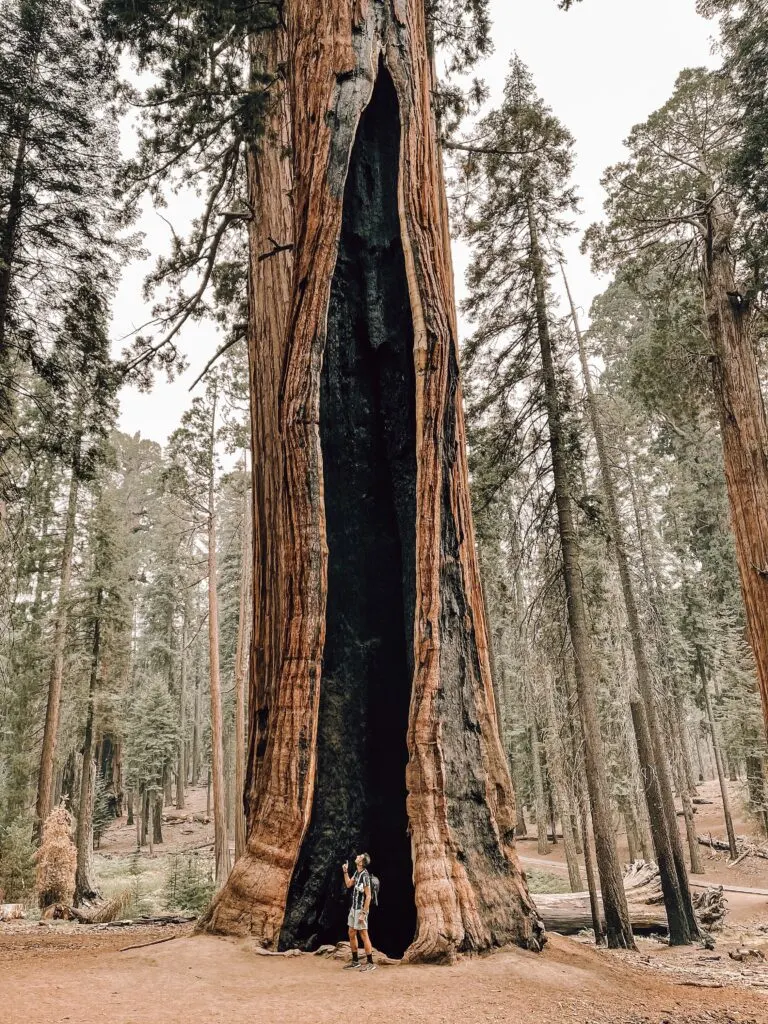
Sequoia National Park is home to some of the largest trees in the world, including the famous General Sherman Tree, which is the largest tree by volume in the world. Kings Canyon National Park is known for its deep canyons, towering peaks, and rushing rivers. Together, these two parks offer a unique and unforgettable experience for visitors. You can explore the parks on foot, by car, or even by horseback, and there are plenty of opportunities to see wildlife, including black bears, mountain lions, and deer.
There are a wide range of things to do in Sequoia and Kings Canyon National Parks, from hiking and camping to fishing and rock climbing. You can explore the parks on your own, or take a guided tour to learn more about the history and ecology of the area. Whether you're looking for a relaxing getaway or an adrenaline-fueled adventure, these parks have something for everyone. So pack your bags, grab your camera, and get ready to experience the natural beauty of Sequoia and Kings Canyon National Parks.
Explore Sequoia and Kings Canyon National Parks: Top Things to Do in the National Parks
Planning Your Visit
When planning your visit to Sequoia and Kings Canyon National Parks, there are a few things you should keep in mind to make the most of your experience.
Best Times to Visit
The best time to visit the parks is during the summer months, from June to August, when the weather is warm and the park is in full swing. However, if you prefer a quieter experience, consider visiting in the spring or autumn when the crowds are smaller and the weather is still pleasant.
Entrance Fees and Reservations
To enter the park, you'll need to pay an entrance fee. The fee varies depending on the type of vehicle and the length of your stay. You can also make reservations for campsites and lodging in advance to ensure availability during peak season.
Related Posts:
Lodging and Camping Options
There are several lodging options within the park, including the Lodgepole and Wuksachi Lodge. If you prefer camping, there are many campgrounds to choose from, including the Lodgepole and Dorst Creek campgrounds. Keep in mind that campsites fill up quickly during peak season, so it's best to make reservations in advance.
Transportation and Getting Around
The park offers shuttle transportation along the Generals Highway and Kings Canyon Scenic Byway, making it easy to get around without a car. If you do have a car, be sure to drive carefully and follow the speed limit, as the roads can be narrow and winding.
Overall, planning your visit to Sequoia and Kings Canyon National Parks is easy and straightforward. By following these tips and planning ahead, you can ensure a memorable and enjoyable experience in one of California's most beautiful natural wonders.
Natural Wonders
Sequoia and Kings Canyon National Parks are home to some of the most breathtaking natural wonders in the world. From towering trees to majestic landscapes, there is no shortage of awe-inspiring sights to see.
Giant Sequoias and Iconic Trees
The parks are famous for their giant sequoias, which are some of the largest and oldest trees in the world. The Giant Forest, located in Sequoia National Park, is home to five of the ten largest trees in the world, including the General Sherman Tree, which is the largest tree by volume. The General Grant Tree, located in Kings Canyon National Park, is also a must-see. It is the second-largest tree in the world by volume and is often referred to as the “Nation's Christmas Tree.”
Majestic Landscapes and Scenic Drives
The parks are also known for their majestic landscapes and scenic drives. The High Sierra Trail, which is a 72-mile trail that traverses the Sierra Nevada Mountains, is a popular hiking trail that offers stunning views of the Great Western Divide. The parks also offer several scenic drives, including the Generals Highway, which connects Sequoia and Kings Canyon National Parks and offers breathtaking views of the surrounding mountains and foothills.
Unique Caves and Geological Features
In addition to the giant sequoias and majestic landscapes, the parks also offer unique caves and geological features. Crystal Cave, located in Sequoia National Park, is a must-see. The cave features stunning stalactites and stalagmites and offers guided tours throughout the summer months. The parks also offer several other caverns and geological features that are worth exploring.
In conclusion, Sequoia and Kings Canyon National Parks are home to some of the most spectacular natural wonders in the world. Whether you are interested in giant sequoias, majestic landscapes, or unique caves and geological features, there is something for everyone to enjoy.

Outdoor Activities
Sequoia and Kings Canyon National Parks offer a wealth of outdoor activities for visitors to enjoy. Whether you're a seasoned hiker or a casual nature lover, there's something for everyone. Here are some of the top outdoor activities to try during your visit:
Hiking and Walking Trails
The parks are home to a vast network of hiking and walking trails that offer breathtaking views of the surrounding wilderness. Some of the most popular trails include the Congress Trail, which takes you through a grove of giant sequoias, and the Big Trees Trail, which offers a leisurely stroll through a forest of towering trees. For those looking for more of a challenge, there are plenty of day hikes to choose from, such as the Crescent Meadow Loop or the Moro Rock Trail. No matter which trail you choose, be sure to bring plenty of water and wear sturdy shoes.
Climbing and High-Adventure
For the more adventurous visitors, there are plenty of opportunities for climbing and high-adventure activities. The Big Baldy Ridge offers some of the best views in the park, but it's not for the faint of heart. Hiking to the top requires a steep climb and some scrambling over rocks. If you're up for a challenge, the Roaring River Falls Trail offers a steep climb to the top of a waterfall, with stunning views of the surrounding wilderness.
Wildlife Watching and Nature Tours
One of the highlights of any visit to the parks is the chance to see the abundant wildlife up close. From black bears to mountain lions to bald eagles, there's no shortage of amazing creatures to see. For the best chance of spotting wildlife, consider taking a guided nature tour. The tours are led by knowledgeable rangers who can help you spot the animals and learn more about their behavior.
Water Activities
The parks are home to several lakes and rivers that offer a variety of water activities. Hume Lake is a popular spot for fishing and swimming, while the Kings River is a great place to go rafting or kayaking. For a more leisurely experience, consider taking a stroll along the Mist Falls Trail, which follows the South Fork of the Kings River and offers stunning views of the surrounding wilderness.
Overall, Sequoia and Kings Canyon National Parks offer a wide range of recreational opportunities and activities for visitors of all ages and interests. Whether you're looking to explore the deep canyons, hike through the forests, or simply enjoy the wildflowers, there's something for everyone to enjoy.
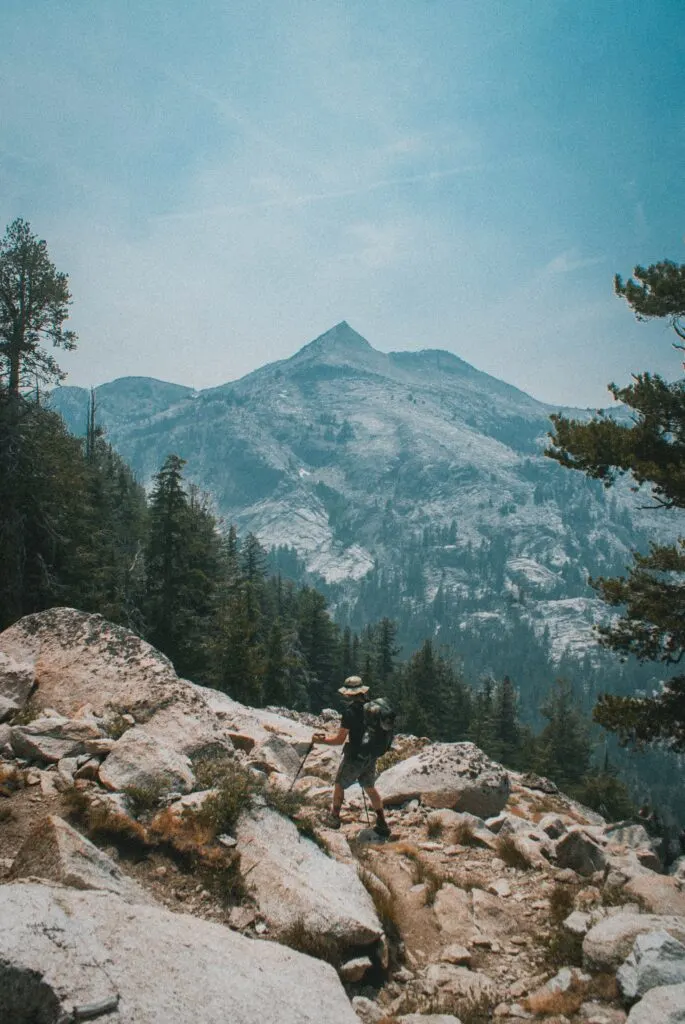
Cultural and Historical Insights
When you visit Sequoia and Kings Canyon National Parks, you can experience the rich cultural and historical heritage of the area. Here are some of the top places to visit to gain insight into the human history of the region.
Human History and Museums
The Giant Forest Museum is a great place to start your exploration of the parks. Here, you can learn about the history of the area, including the Native American tribes that have lived in the region for thousands of years. The museum also has exhibits on the early explorers and settlers who came to the area in the late 1800s and early 1900s.
Another must-see museum is the Foothills Visitor Center. This center has exhibits on the history of the region, including the impact of the gold rush and the development of the national park system. You can also learn about the flora and fauna of the area, as well as the geology of the region.
Visitor Centers and Exhibits
In addition to the museums, there are several visitor centers and exhibits throughout the parks that offer insight into the human history of the region. The Kings Canyon Visitor Center has exhibits on the early explorers and settlers who came to the area, as well as the history of the national park system.
The Grant Grove Visitor Center is another great place to learn about the history of the area. Here, you can see exhibits on the Native American tribes that have lived in the region for thousands of years, as well as the early explorers and settlers who came to the area in the late 1800s and early 1900s.
Overall, the cultural and historical insights available in Sequoia and Kings Canyon National Parks are fascinating and informative. Whether you're interested in the Native American history of the region, the early explorers and settlers, or the development of the national park system, there's something for everyone to learn and explore.
Conservation and Park Preservation
When you visit Sequoia and Kings Canyon National Parks, you are entering a protected wilderness area that is home to a diverse range of wildlife and plant species. The National Park Service is committed to preserving this natural environment for future generations to enjoy. As a visitor, you can help support these conservation efforts by following park rules and regulations, and by being mindful of your impact on the natural environment.
Fire Management and Ecology
Fire is a natural part of the ecosystem in Sequoia and Kings Canyon National Parks. The National Park Service uses a variety of techniques to manage fire in the park, including prescribed burns and mechanical thinning. These techniques help maintain the health of the forest by reducing the risk of catastrophic wildfires and promoting biodiversity.
Prescribed burns are carefully planned and executed fires that are used to mimic the natural role of fire in the ecosystem. These burns help to reduce the buildup of dead and dry vegetation, which can fuel wildfires. They also promote the growth of new vegetation and help to maintain a healthy forest ecosystem.
Mechanical thinning involves the removal of small trees and brush to create breaks in the forest that can help slow the spread of wildfires. This technique can also help to promote the growth of larger, more mature trees, which are important for maintaining biodiversity in the forest.
Wildlife Protection and Biodiversity
Sequoia and Kings Canyon National Parks are home to a wide variety of wildlife, including black bears, mountain lions, and mule deer. The National Park Service is committed to protecting these animals and their habitats. As a visitor, it is important to be mindful of your impact on the natural environment and to follow park rules and regulations.
One of the most important ways to protect wildlife in the park is to properly store your food and trash. This helps to prevent animals from becoming habituated to human food, which can lead to dangerous encounters between humans and wildlife. It is also important to stay a safe distance from wildlife and to never approach or feed them.
Biodiversity is also an important part of the ecosystem in Sequoia and Kings Canyon National Parks. The parks are home to a wide variety of plant species, including giant sequoias, which are some of the largest trees in the world. The National Park Service is committed to preserving this biodiversity by protecting habitats and promoting healthy forest ecosystems.
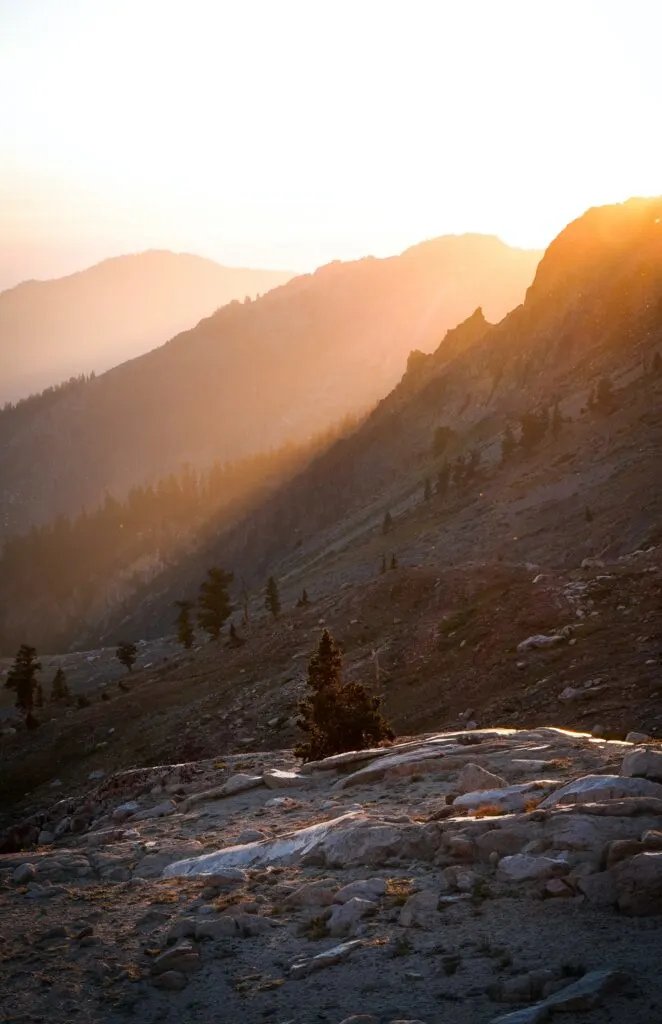
Related Post:
Practical Information
When planning your trip to Sequoia and Kings Canyon National Parks, it's important to remember a few practical details to make your visit as enjoyable as possible. Here are some things to keep in mind:
Safety and Emergency Services
Your safety is our top priority. Please be aware of your surroundings, stay on designated trails, and obey all park rules and regulations. In case of emergency, dial 911 or go to the nearest ranger station. For non-emergency assistance, you can call the park dispatch at (559) 565-3195.
Current Conditions and Updates
Before you visit the park, check the current conditions and updates to plan your trip accordingly. You can find the latest information on the park's website or by calling the park's recorded information line at (559) 565-3341.
Maps and Navigation
To make the most of your visit, be sure to pick up a map of the park at one of the visitor centers or download one from the park's website. The maps will help you navigate the park's trails, roads, and facilities. Additionally, GPS systems are not always reliable in the park, so be sure to bring a paper map or download one to your phone.
Picnicking and Leisure Areas
There are many picnic areas and leisure areas throughout the park where you can relax and enjoy the scenery. Be sure to pack out all your trash and follow the Leave No Trace principles to help preserve the park's natural beauty. Some popular picnic areas include:
- Azalea Picnic Area
- Buckeye Flat Picnic Area
- Cedar Grove Picnic Area
- Grant Grove Picnic Area
- Stony Creek Picnic Area
Remember to always be respectful of the park and other visitors. With these practical tips, you're sure to have an enjoyable and safe visit to Sequoia and Kings Canyon National Parks.
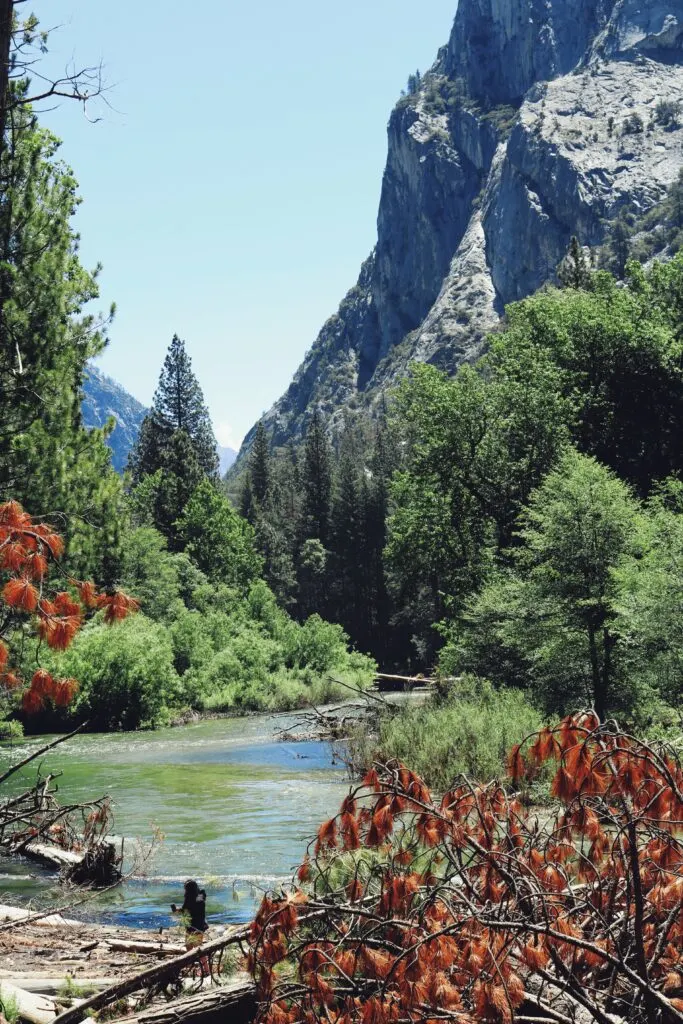
Beyond the Parks
While Sequoia and Kings Canyon National Parks offer a plethora of outdoor activities, there are also plenty of things to do beyond the parks. Here are some nearby attractions and towns, as well as ideas for extended trips and road adventures.
Nearby Attractions and Towns
If you're looking for a change of scenery, head to the charming town of Three Rivers. Located just outside of Sequoia National Park, this town is a great place to grab a bite to eat, browse local art galleries, or take a dip in the Kaweah River. You can also visit the Three Rivers Historical Museum to learn more about the area's history.
Another nearby attraction is Lake Kaweah, a popular spot for boating, fishing, and swimming. The lake is surrounded by beautiful scenery and offers plenty of opportunities for outdoor recreation.
Extended Trips and Road Adventures
If you have more time to explore the area, consider taking a road trip through the Sierra Nevada Mountains. You can follow the scenic Highway 198 from Three Rivers to the charming town of Visalia, stopping along the way to explore small towns and take in the stunning views.
For a longer adventure, consider driving the entire length of Highway 395, which runs along the eastern side of the Sierra Nevada Mountains. Along the way, you'll pass through historic towns, stunning natural landscapes, and plenty of opportunities for outdoor recreation.
Whether you're looking for a quick day trip or an extended adventure, there are plenty of things to do beyond Sequoia and Kings Canyon National Parks. So pack your bags, hit the road, and get ready to explore all that this beautiful region has to offer.
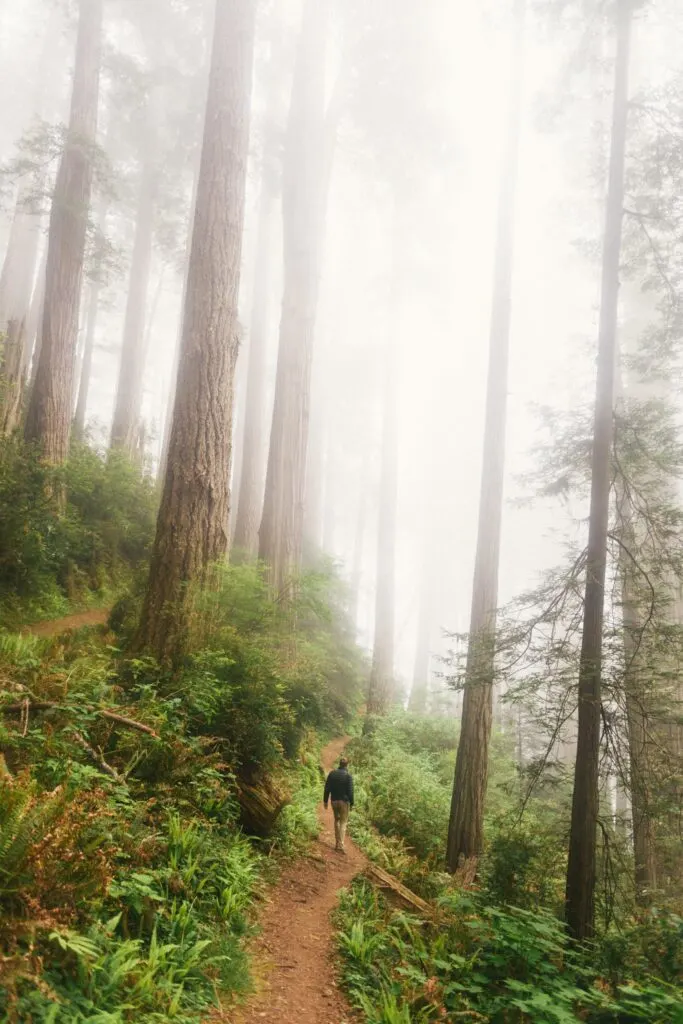
Frequently Asked Questions
What are the top trails for hiking in Sequoia and Kings Canyon?
Sequoia and Kings Canyon National Parks offer a wide range of hiking trails, each with its own unique features and difficulty levels. Some of the top trails for hiking include the Congress Trail, Mist Falls Trail, and the Moro Rock Trail. These trails offer breathtaking views of the parks' natural beauty and are suitable for all hiking levels.
How can I find the giant sequoia trees within the parks?
The giant sequoia trees are one of the main attractions in Sequoia and Kings Canyon National Parks. To find them, head to the Giant Forest Museum, where you can learn about the history and ecology of the giant sequoias. From there, take a walk along the Congress Trail or the General Sherman Tree Trail, which will lead you to some of the largest trees in the world.
Can I explore Kings Canyon with only one day to spare?
Yes, you can explore Kings Canyon National Park in one day, but you will have to prioritize which areas you want to see. Some of the must-see attractions in Kings Canyon include the General Grant Tree, the second-largest tree in the world, and the Zumwalt Meadow, a picturesque meadow surrounded by towering granite walls.
What are the best accommodations near Sequoia National Park?
There are several lodging options available near Sequoia National Park, including the Wuksachi Lodge, the John Muir Lodge, and the Cedar Grove Lodge. These lodges offer cozy accommodations and are located in close proximity to the park's main attractions.
What are some must-see attractions in Sequoia and Kings Canyon?
Some of the must-see attractions in Sequoia and Kings Canyon National Parks include the General Sherman Tree, the largest tree in the world, the Moro Rock, a granite dome with stunning views of the surrounding landscape, and the Crystal Cave, a beautiful underground cave system.
What's the best time of year to visit for ideal weather conditions?
The best time to visit Sequoia and Kings Canyon National Parks is during the summer months, from June to September, when the weather is warm and dry. However, be prepared for crowds during this time, as it is the peak season for visitors. If you prefer cooler temperatures and fewer crowds, consider visiting during the spring or fall months.
